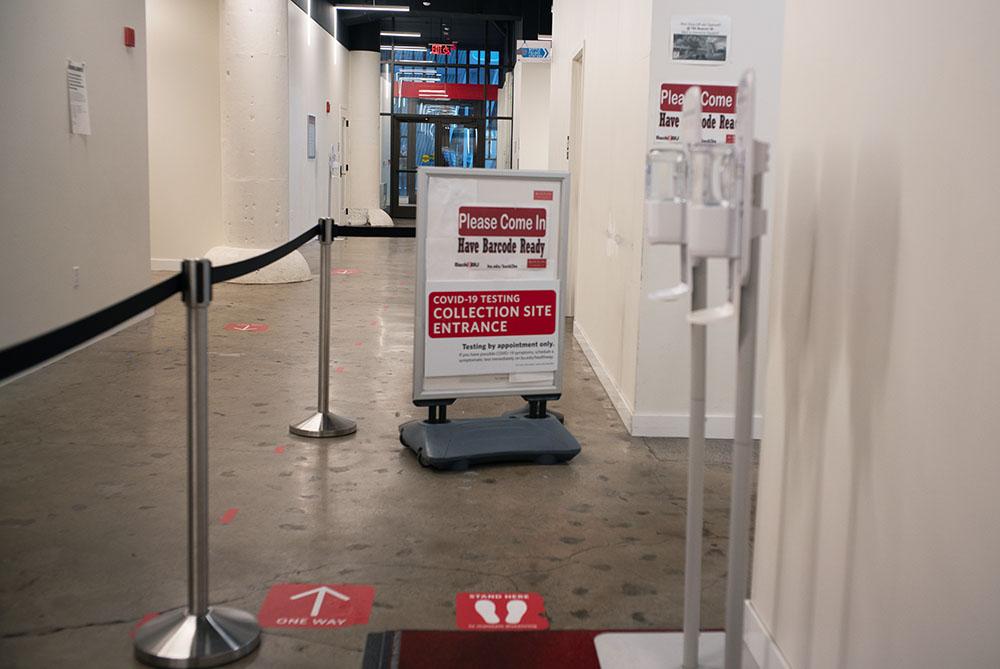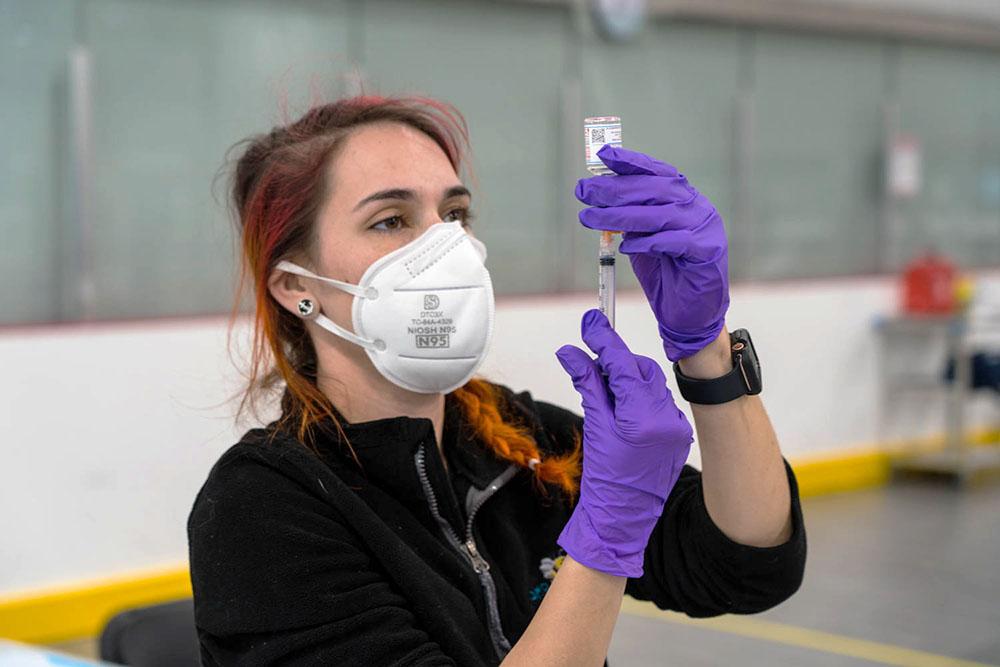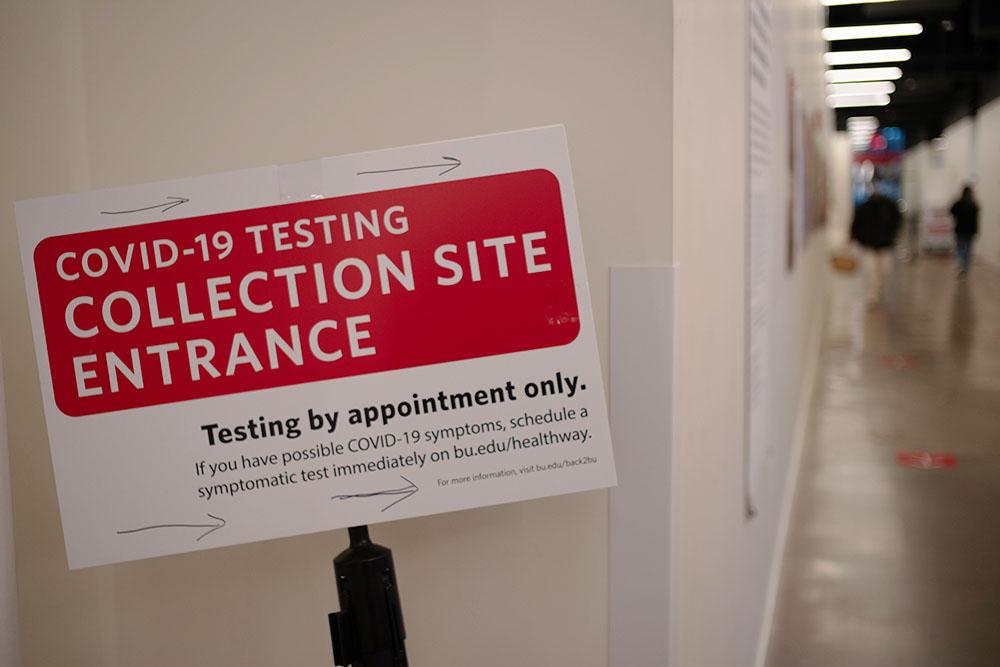
In the wake of increasing concerns about the spread of COVID-19, Boston University announced the suspension of all in-person classes through the end of the semester in an email on March 17. The university began the transition to remote learning methods starting this week.
Most classes will now be conducted using Zoom, a platform that facilitates online learning by enabling large groups of people to meet in real time via video conferencing.
The use of Zoom is not required, and each professor’s method of remote teaching has been determined on a case-by-case basis. For example, certain professors have opted to host group discussions on Blackboard or make use of Sakai, another online course management system used in the Questrom School of Business.
Zoom allows participants to see and hear one another while simultaneously viewing a professor’s screen. Professors can lecture to a mass audience, host breakout sessions, show slides and documents and write on a virtual whiteboard.
The application has other features, such as a virtual hand raise option and a chat board.
While classes are to be held at the same time on the same days they would be on-campus, some professors allow students who are currently in different time zones to view recorded class sessions as an alternative to participating in real time.
While Zoom has allowed for professors to continue teaching, many find themselves in need of reformulating their class syllabus, postponing or altering assignments or removing them entirely.
Additionally, many classes face challenges adapting to a remote learning format. Geoffrey Poister, an associate professor of television in the College of Communication, said certain fields will struggle more than others.
“I think it’s hardest in performing arts, music, cinematography and directing. These are definitely things where you need people together in the same space with certain things that they have to have, so how do you get around that?” Poister said. “We’re all trying to solve that problem, but hopefully it’ll be good enough.”
Poister teaches a film and television class titled “Production I,” and said he anticipates that students in his class will need to be creative to finish their projects.
“They will have to be more resourceful because they’re scattered all over the world,” Poister said.
Poister expects students to continue filming with DSLR cameras, iPhones or whichever technology is available to them under their new circumstances. However, he said that students will continue to have access to editing software provided by the university.
Poister also said that while he wishes his students could continue to follow the original curriculum, he is glad they learned how to use professional equipment before spring break, despite having little time to practice.
“It’s not ideal because we want them to use professional cameras,” Poister said. “But we have finished that instruction, even if they have not been able to get as much practice with those cameras as they would like.”
Poister said he is optimistic about the learning experiences that will come out of the challenge posed by remote learning.
“They can reconfigure their ideas to make stories in whatever space they’re in. And in some ways, this will be an exercise in resourcefulness and creativity, to be able to find a way to make a film under unusual circumstances,” Poister said. “I don’t necessarily think that’s a bad education, either. I tell them, if there’s one thing I’ve learned from filmmaking, it’s that you can never give up.”
Remote learning also poses a challenge for laboratory-based classes, in which students also rely on equipment now unavailable to them. Jeffrey Gavornik, an assistant professor of biology at the College of Arts and Sciences, is another professor who had to rethink the reminder of the coursework for his classes.
Gavornik said for his neurodesign laboratory class, which focuses on teaching biology and neuroscience students to make equipment for conducting neuroscience research, a shift to digital programs has been key. Students are currently learning how to use MATLAB, an online computer programming software provided by BU, which Gavornik said will be critical to the new structure of the class.
“Instead of actual physical devices, now we’re going to build software interfaces,” Gavornik said.
Gavornik said this transition will give students an opportunity to learn more about online programming, which he believes is important even for students who planned to take a hands-on, lab-style class.
“A lot of students, I think, recognize the value of knowing how to program computers, both in neuroscience and biology,” Gavornik said. “I think this MATLAB shift will allow us to hopefully do that.”
Similarly, John Tullai, a neuroscience lecturer in CAS, has had to provide major accommodations in his “Introduction to Cellular and Molecular Biology” class. Tullai has opted for video demonstrations of lab procedures, either taken from existing online resources or organized by himself and his colleagues.
“It’s tricky because the essence of a laboratory course [for students] is actually getting their hands on equipment and doing the procedure, and that’s not something that’s going to be replicated,” Tullai said. “What we can do, however, is we can use the videos as a substitute — a poor substitute — but at least it lets them see the procedure.”
Tullai said that instead of generating their own data during laboratory sessions, he will provide data from previous years for students to use and interpret. He said this will allow them to still get much of the value that comes from a lab-based class.
“If we can’t get them to get the practical skill in an online setting, what we can do is have them at least develop the capability of interpreting the data,” Tullai said.

























































































































